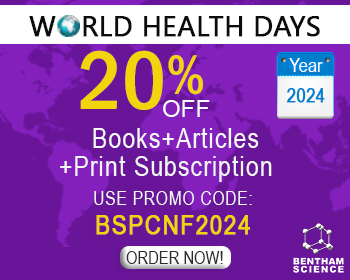Abstract
The cholesterol-dependent cytolysins are pore-forming toxins. Pneumolysin is the cytolysin produced by Streptococcus pneumoniae and is a key virulence factor. The protein contains 471 amino acids and four structural domains. Binding to cholesterol is followed by oligomerization and membrane pore formation. Pneumolysin also activates the classical pathway of complement. Mutational analysis of the toxin and knowledge of sequence variation in outbreak strains suggests that additional activities of biologic importance exist. Pneumolysin activates a large number of genes, some by epigenetic modification, in eukaryotic cells and multiple signal transduction pathways. Cytolytic effects contribute to lung injury and neuronal damage while proinflammatory effects compound tissue damage. Nevertheless pneumolysin is a focal point of the immune response to pneumococci. Toll-like receptor 4-mediated recognition, osmosensing and T-cell responses to pneumolysin have been identified. In some animal models mutants that lack pneumolysin are associated with impaired bacterial clearance. Pneumolysin, which itself may induce apoptosis in neurones and other cells can activate host-mediated apoptosis in macrophages enhancing clearance. Disease pathogenesis, which has traditionally focused on the harmful effects of the toxin, increasingly recognises that a precarious balance between limited host responses to pneumolysin and either excessive immune responses or toxin-mediated subversion of host immunity exists.
Keywords: Streptococcus pneumoniae, pneumolysin, pore formation, disease pathogenesis, immune response

























